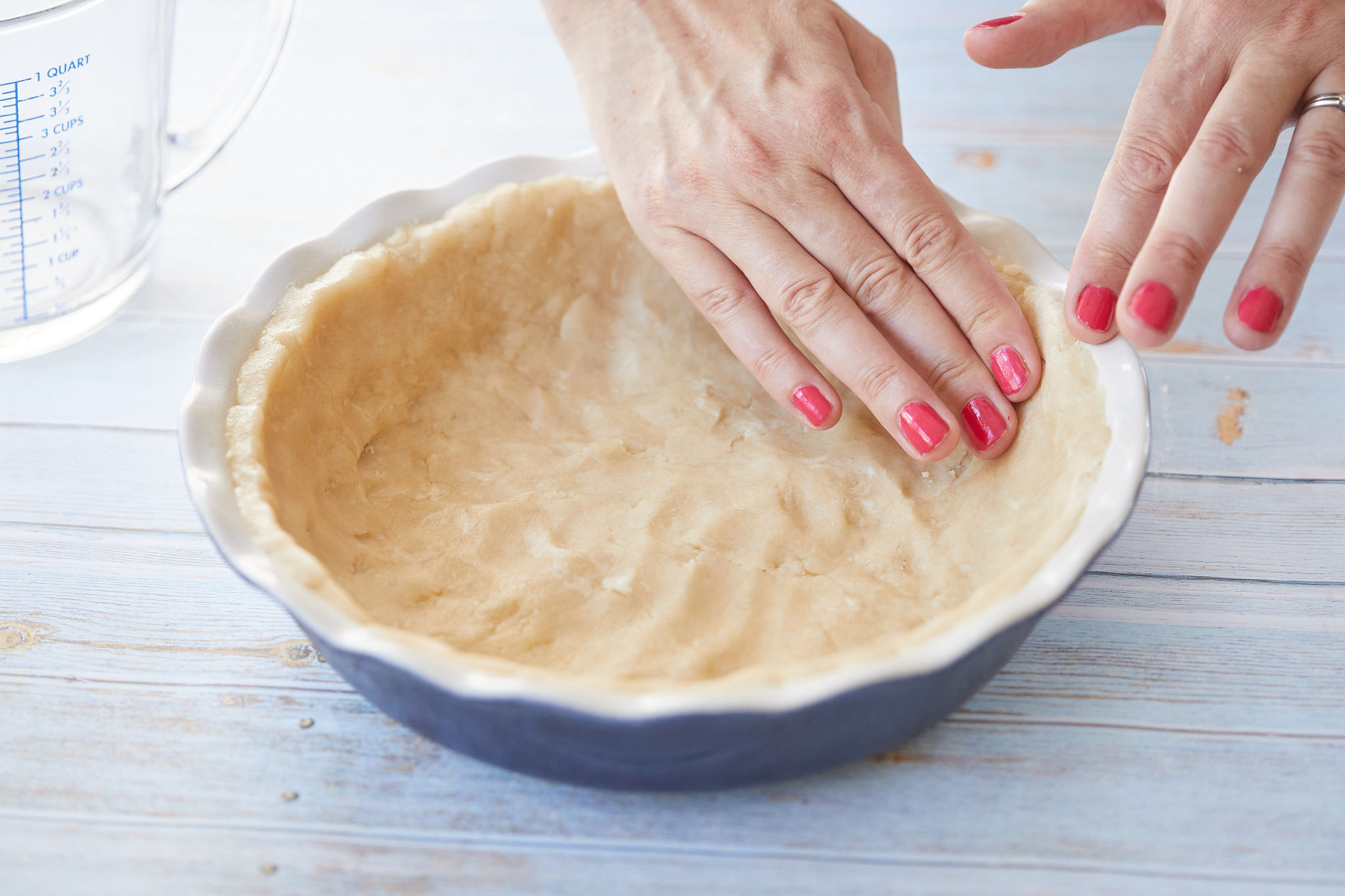Troubleshooting Crumbly Pie Crusts: Tips and Techniques for Flaky Perfection

A perfectly flaky, buttery pie crust is the foundation of any great pie, but a crumbly pie crust can turn your baking dreams into a frustrating mess. At Delights Bakery, we understand the challenges of mastering pie baking techniques and are here to help you troubleshoot those pesky crumbly crusts. In this guide, we’ll explore the common causes of crumbly pie crusts, share expert baking tips, and provide a foolproof pie crust recipe to ensure your pies are always flaky and delicious. Whether you’re baking for a holiday or a casual dessert, let’s dive into the art of artisan baking and achieve flaky pie crust perfection!
Common Causes of Crumbly Pie Crusts
Understanding why your pie crust is crumbling is the first step to fixing it. Here are the most common culprits:
- Too Much Flour: Overloading flour dries out the dough, making it crumbly.
- Not Enough Fat: Butter or shortening binds the dough; too little leads to a dry texture.
- Insufficient Water: Too little liquid prevents the dough from holding together.
- Overworking Dough: Excessive mixing or kneading toughens gluten, causing cracks.
- Warm Ingredients: Warm butter or water melts fat, disrupting the flaky structure.
Basic Pie Crust Recipe
Before diving into troubleshooting, here’s a reliable pie crust recipe for one 9-inch pie crust, designed to avoid crumbling.
Ingredients
- 1 1/4 cups all-purpose flour
- 1/2 tsp salt
- 1 tsp granulated sugar (optional, for sweet pies)
- 1/2 cup unsalted butter, cold and cubed
- 3-4 tbsp ice water
Instructions
- Mix Dry Ingredients: In a large bowl, whisk flour, salt, and sugar (if using).
- Cut in Butter: Add cold butter cubes and cut in with a pastry cutter or fork until mixture resembles coarse crumbs with pea-sized butter pieces.
- Add Water: Sprinkle ice water, 1 tbsp at a time, mixing gently until dough just holds together when pinched.
- Form Dough: Shape into a disc, wrap in plastic, and chill for at least 1 hour.
- Roll Out: On a lightly floured surface, roll dough to a 12-inch circle, about 1/8-inch thick. Transfer to a 9-inch pie dish.
- Chill Again: Chill the crust in the dish for 20 minutes before filling or baking.
Yield: One 9-inch pie crust.
Storage Tip: Refrigerate dough for up to 3 days or freeze for up to 3 months.
Troubleshooting Crumbly Pie Crusts
Here’s how to address common issues and achieve a flaky pie crust:
Problem: Dough Won’t Hold Together
Solution: Add more ice water, 1 tsp at a time, until dough forms. Ensure butter is cold to prevent melting.
Problem: Crust Cracks When Rolling
Solution: Let dough rest at room temperature for 5-10 minutes before rolling to soften slightly. Patch cracks with extra dough and a dab of water.
Problem: Crust Is Too Dry
Solution: Increase fat (butter or shortening) by 1-2 tbsp or reduce flour slightly. Mix minimally to retain moisture.
Problem: Crust Shrinks During Baking
Solution: Chill dough thoroughly before baking and avoid stretching it when placing in the pan.
Tips for a Flaky Pie Crust
Elevate your pie baking techniques with these expert tips:
- Use Cold Ingredients: Keep butter and water ice-cold to create flaky layers.
- Don’t Overmix: Stop mixing once dough holds together to avoid toughening gluten.
- Add Vinegar or Vodka: Replace 1 tbsp water with vinegar or vodka to inhibit gluten and enhance flakiness.
- Chill Before Baking: Chill shaped crust in the pan to prevent shrinking and maintain shape.
- Use a Food Processor (Optional): Pulse ingredients for quick, even mixing without overworking.
Common Mistakes to Avoid
- Using Warm Butter: Warm butter melts into the flour, ruining flaky layers.
- Adding Too Much Water: Excess water makes dough sticky and tough; add sparingly.
- Overworking Dough: Excessive handling develops gluten, leading to a tough crust.
- Skipping Chilling: Unchilled dough shrinks and loses shape during baking.
- Using Low-Fat Substitutes: Margarine or low-fat spreads lack the fat content needed for flakiness.
How to Fix a Crumbly Crust After Baking
If your baked crust is crumbly, try these salvage techniques:
- Press Crumbs: Crumble loose pieces and press into gaps as a base for fillings.
- Use as Topping: Crush crumbly crust and sprinkle over ice cream or yogurt.
- Bind with Filling: Pair with wet fillings like custard to hold the crust together.
- Par-Bake Next Time: For future pies, par-bake the crust to set its structure before filling.
Frequently Asked Questions
Why Does My Pie Crust Fall Apart When Rolling?
It’s likely too dry or cold. Add a bit more water or let it rest briefly at room temperature.
Can I Use Shortening Instead of Butter?
Yes, shortening creates a tender crust, but butter adds better flavor. A 50/50 mix works well.
How Do I Know If I’ve Added Enough Water?
Dough should hold together when pinched but not feel sticky. Test by squeezing a small piece.
Can I Make a Gluten-Free Pie Crust?
Yes, use a gluten-free flour blend and add 1 tsp xanthan gum for structure.
Hand vs. Machine Techniques for Perfect Bread BakingFinal Thoughts
Mastering a flaky pie crust is a game-changer for any baker, and troubleshooting crumbly pie crusts is the key to success. At Delights Bakery, we’re passionate about sharing baking tips to help you create pies that wow. Try our pie crust recipe, apply these techniques, and share your baking triumphs in the comments below! Have a favorite pie crust tip? Let us know for a chance to feature it!

Comments
Post a Comment